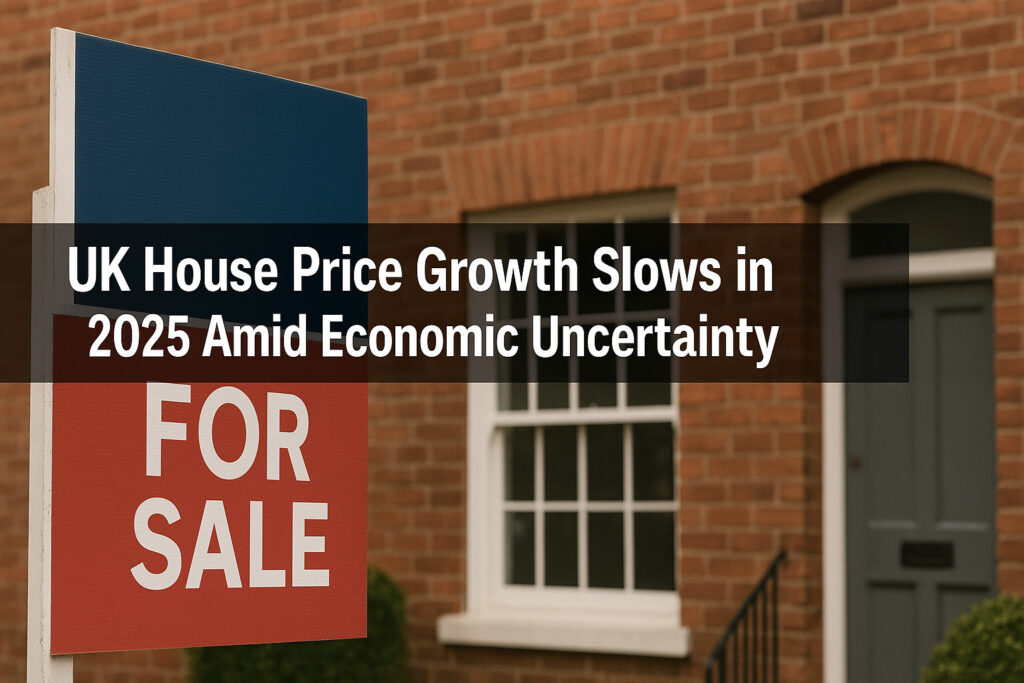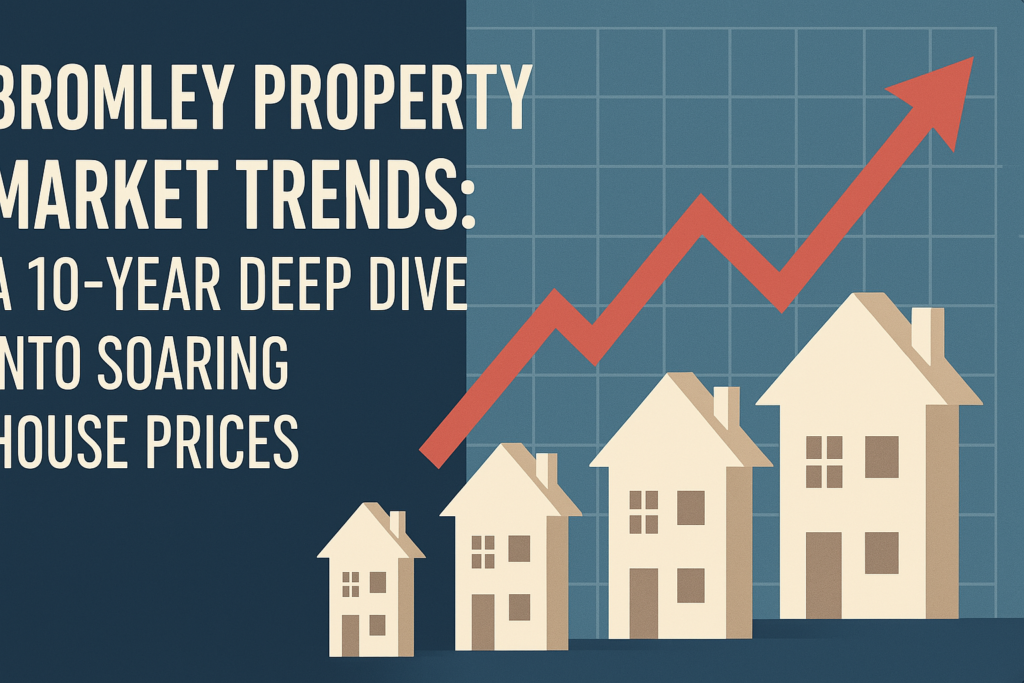Introduction to Hackney’s Dynamic Property Market
The London Borough of Hackney, once known for its affordability and alternative culture, has undergone a remarkable transformation over the past two decades.
Today, Hackney is one of London’s most sought-after boroughs, boasting a thriving rental market, a diverse housing stock, and a rapidly evolving demographic.
Hackney’s unique blend of historic charm, creative vibrancy, and urban regeneration has made it a magnet for professionals, families, and investors.
Rental Market Trends in Hackney
Rental Demand and Tenant Demographics
The demand for rental properties in Hackney remains consistently high, driven by its proximity to Central London, excellent transport links, and flourishing cultural scene.
Renters are typically young professionals, creatives, and tech industry workers seeking lifestyle amenities and vibrant local communities. Major business hubs in nearby Shoreditch and Liverpool Street further fuel this demand.
Hackney’s tenant demographic includes international students, digital nomads, and affluent young families.
The borough’s progressive reputation and cultural inclusivity enhance its appeal across different age groups and backgrounds.
Average Rent Prices by Property Type
As of early 2025, average monthly rents in Hackney reflect both high demand and limited supply:
One-bedroom flats: £1,900 – £2,300
Two-bedroom flats: £2,400 – £2,900
Three-bedroom houses: £3,000 – £3,800
Studio apartments: £1,500 – £1,750
Prices are notably higher in prime locations such as London Fields, Dalston, and Shoreditch borders.
Renters prioritise access to overground stations and green spaces and proximity to independent shops and cafés.
Key Areas to Rent in Hackney
Dalston
A hub for nightlife and culture, Dalston attracts younger renters with its edgy vibe, vintage shops, and eclectic food scene.
Rental prices here are competitive, though climbing steadily due to sustained interest.
London Fields
With its vast green park, weekend markets, and proximity to Broadway Market, London Fields is highly desirable among professionals and young families.
Victorian conversions and warehouse lofts are especially popular.
Hackney Wick
Hackney Wick is developing rapidly near the Olympic Park and River Lea.
It combines post-industrial character with sleek new-build apartments, drawing artists, designers, and young professionals.
Stoke Newington
For those seeking a village atmosphere within the city, Stoke Newington offers leafy streets, period properties, and strong community vibes.
It’s particularly appealing to families and older renters.
The State of the Housing Market in Hackney
House Prices and Property Value Growth
Hackney’s property prices have experienced exponential growth over the last two decades, positioning the borough as a high-value real estate zone. In 2025, the average property price in Hackney stands at £720,000, significantly above the London average.
Flats: Average of £580,000
Terraced houses: Average of £860,000
Detached homes: Over £1.3 million
The borough’s transformation, driven by extensive regeneration projects and its proximity to tech corridors, has contributed to sustained capital appreciation.
Popular Property Types
Hackney offers a mix of Georgian townhouses, Victorian terraces, and contemporary new builds.
Converted warehouses and boutique developments add to the variety, particularly in areas like Hackney Wick and Haggerston.
New Developments and Investment Potential
The borough is witnessing a surge in residential developments, particularly in Hackney Central and Fish Island.
These projects cater to the growing middle-class population and present robust buy-to-let investment opportunities, with yields averaging 3.8% – 4.5%.
Affordability Challenges and Gentrification
Impact of Rising Costs
As Hackney has gentrified, affordability has become a central issue. Long-time residents face increasing rental and ownership costs, leading to social displacement.
Despite these concerns, the borough strongly focuses on affordable housing initiatives, with several council-led developments in the pipeline.
Housing Benefit and Council Housing Access
Hackney Council manages over 23,000 council homes and plans to increase social housing stock.
However, wait times and eligibility criteria remain stringent due to overwhelming demand.
Transport and Infrastructure Enhancements
Excellent Connectivity
Hackney lacks Tube stations but compensates with a comprehensive London Overground network, linking it to Stratford, Liverpool Street, and Highbury & Islington. Key stations include:
Hackney Central
Dalston Junction
Homerton
Hackney Downs
Upcoming improvements, such as increased bus services and cycling infrastructure, enhance Hackney’s appeal to environmentally conscious residents and commuters.
Urban Regeneration Projects
Hackney has been a beneficiary of numerous regeneration schemes, notably:
King’s Crescent Estate Renewal
Woodberry Down Regeneration
Hackney Wick and Fish Island Masterplan
These projects have revitalised public spaces, added new homes, and improved community services, further elevating the borough’s status.
Local Amenities and Lifestyle Appeal
Green Spaces and Leisure
Hackney is home to several award-winning parks:
London Fields
Clissold Park
Hackney Marshes
Victoria Park (on the border)
These provide rich outdoor spaces, sports facilities, and family-friendly environments.
Education and Schools
Hackney features numerous Outstanding-rated schools, both primary and secondary, including:
Mossbourne Community Academy
The City Academy, Hackney
Stoke Newington School
This contributes to the borough’s attractiveness to young families seeking quality education.
Arts, Food, and Culture
Hackney is synonymous with creative energy. From Broadway Market to Ridley Road Market, from art galleries in Hoxton to performance venues like the Hackney Empire, the borough offers an immersive cultural experience.
The food scene is equally diverse, encompassing world cuisines, Michelin-starred restaurants, street food vendors, and vegan cafés.
Conclusion: A Borough in High Demand
The London Borough of Hackney exemplifies the modern urban ideal: diverse, dynamic, and continually evolving.
While rising costs and gentrification present challenges, the borough’s combination of lifestyle, location, and opportunity makes it one of London’s most compelling residential areas for renters and buyers alike.
Whether you’re an investor, a family seeking a vibrant community, or a professional craving city life with character, Hackney delivers. Its property market reflects a borough in transformation, where heritage meets innovation, and where real estate value continues to ascend.
Frequently Asked Questions about the Hackney Rental and Housing Market
1. Is Hackney a good place to live?
Hackney is considered one of the best places to live in London for its vibrant culture, diverse communities, green spaces, and excellent transport connections.
It offers a unique mix of historic charm and modern living, appealing to professionals, families, and creatives alike.
2. What is the average rent in Hackney in 2025?
As of 2025, the average monthly rent in Hackney is:
One-bedroom flat: £1,900 – £2,300
Two-bedroom flat: £2,400 – £2,900
Three-bedroom house: £3,000 – £3,800
Studio flat: £1,500 – £1,750
Prices vary based on location, amenities, and property condition.
3. Is Hackney more affordable than other London boroughs?
Hackney is less affordable than it once was due to rapid gentrification and rising property values.
However, it can offer better value than central areas like Kensington or Westminster while providing similar lifestyle benefits.
4. What are the most popular areas to rent in Hackney?
Top rental hotspots in Hackney include:
Dalston – Trendy and youthful
London Fields – Great for professionals and families
Hackney Wick – Artistic and up-and-coming
Stoke Newington – Leafy and family-friendly
5. What kind of properties are available in Hackney?
Hackney features a variety of homes, including:
Period townhouses
Victorian terraces
Converted loft apartments
Council flats and housing associations
Modern new-build developments
6. What is the average house price in Hackney?
The average house price in Hackney in 2025 is approximately £720,000. Flats average around £580,000, while terraced houses can exceed £860,000.
7. Is Hackney safe?
Like any urban borough, Hackney has both safer and less safe areas. However, ongoing regeneration and strong community initiatives have improved overall safety. London Fields, Victoria Park, and Stoke Newington are exceptionally secure and family-friendly.
8. What transport options are available in Hackney?
Hackney is well connected by:
London Overground
Extensive bus routes
Cycle lanes and Santander bikes
Easy access to neighbouring Tube lines via nearby stations in Islington and Stratford
9. Are there good schools in Hackney?
Yes. Hackney has several Ofsted-rated ‘Outstanding’ schools, including:
Mossbourne Community Academy
The City Academy
Stoke Newington School
These attract many families to the borough.
10. Is Hackney a good place to invest in property?
Due to consistent capital growth, rising demand, and a young, professional rental market, Hackney remains a substantial property investment area.
Average rental yields are competitive, and regeneration schemes continue to boost long-term prospects.
Read our other Blogs:
Choosing The Right London Estate Agent: What You Must Know
Greenwich Housing & Rental Market Forecast 2025: Prices, Trends & Investment Insights





